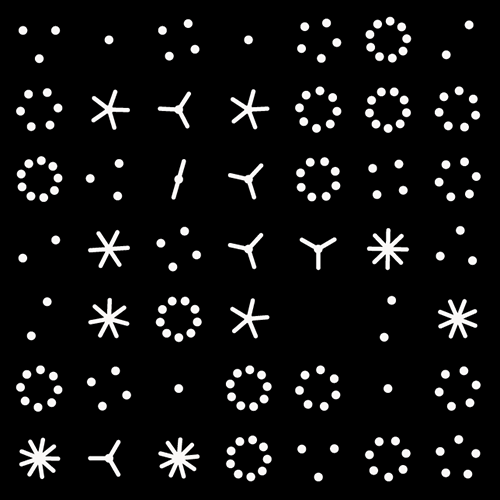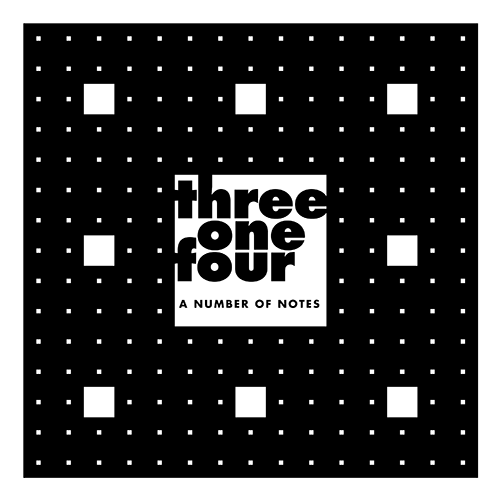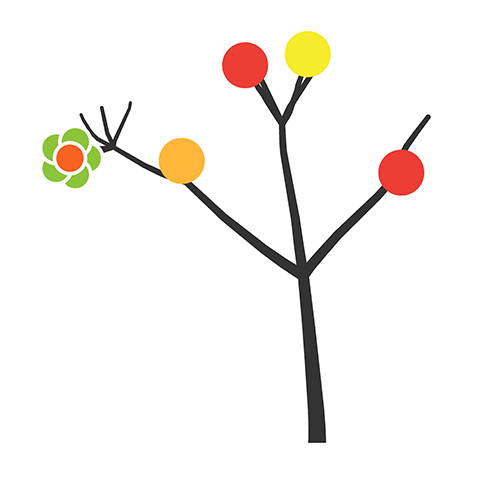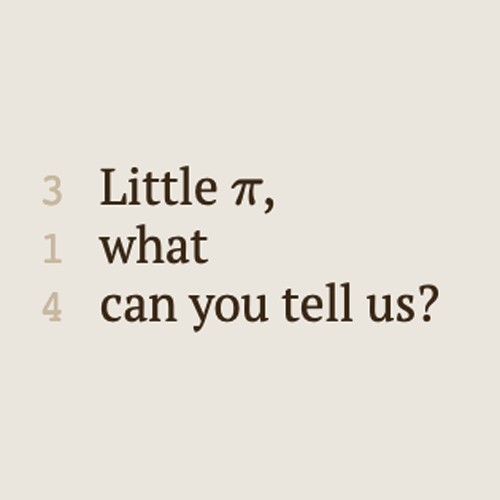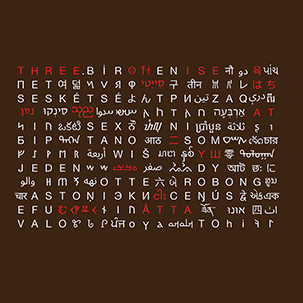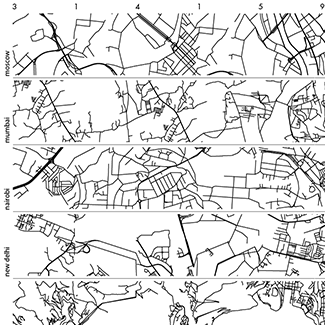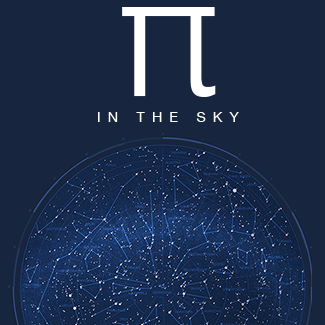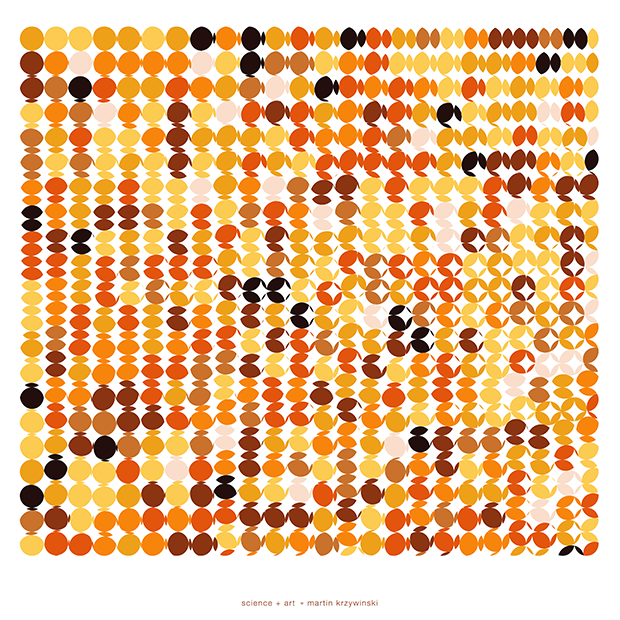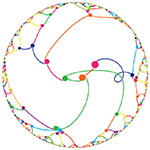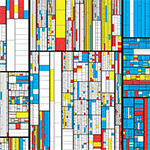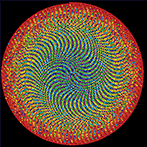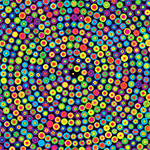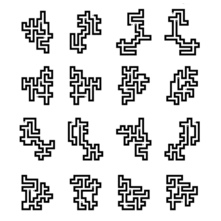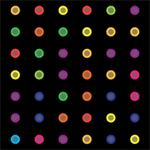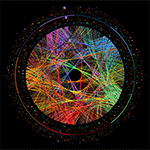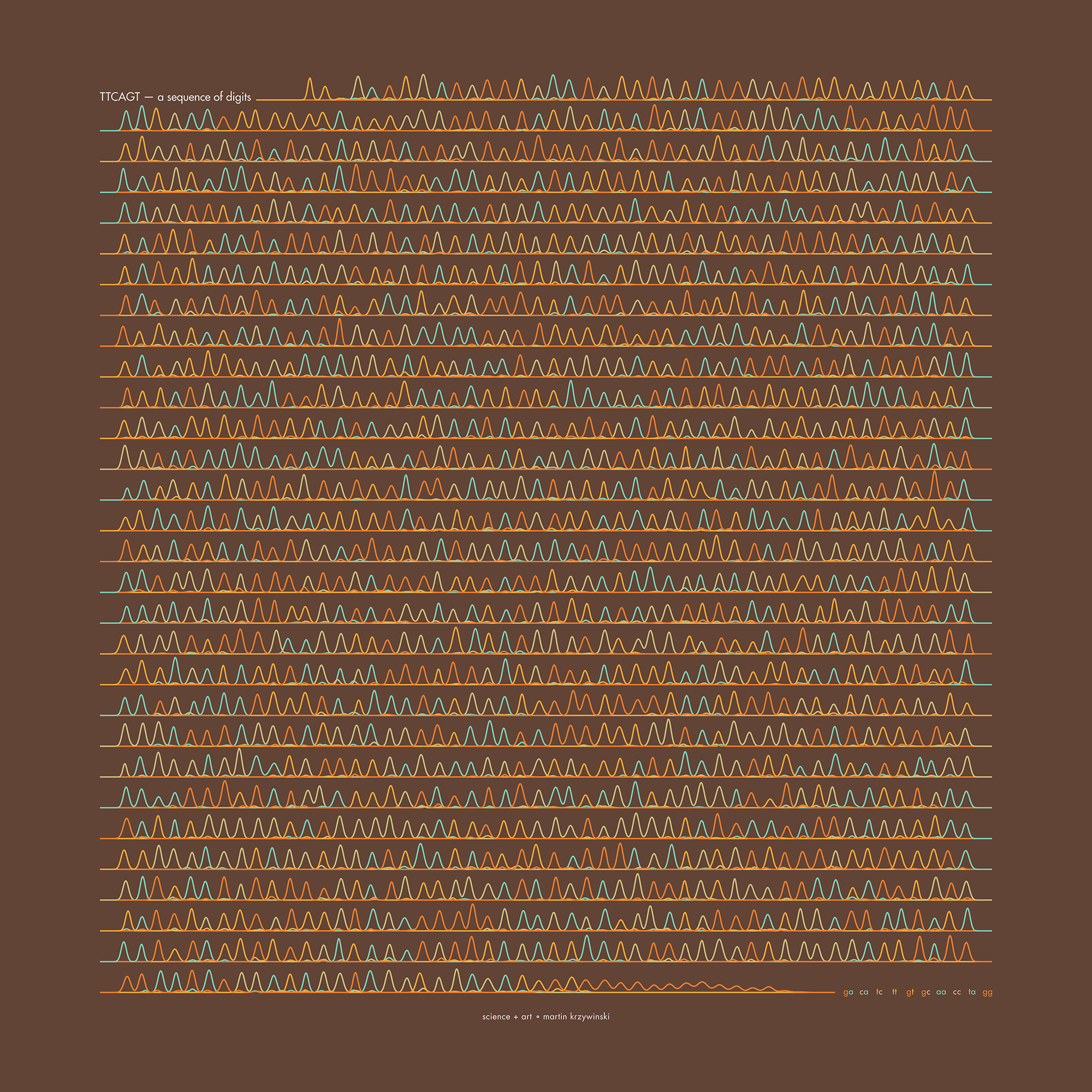 buy artwork
buy artwork
`\pi` Approximation Day Art Posters
The never-repeating digits of `\pi` can be approximated by 22/7 = 3.142857 to within 0.04%. These pages artistically and mathematically explore rational approximations to `\pi`. This 22/7 ratio is celebrated each year on July 22nd. If you like hand waving or back-of-envelope mathematics, this day is for you: `\pi` approximation day!
There are two kinds of `\pi` Approximation Day posters, which I created to celebrate the 2014 and 2016 `\pi` approximation days.
The second poster—and newer, for the 2016 `\pi` approximation day—packs warped circles, whose ratio of circumference to average diameter is `22/7` into what I call `\pi`-approximate circular packing. Perfect circular packing occupies 78.5% of the area—what about approximate packing?
As you probably know, the ratio of the circumference of a circle to its diameter is `\pi`. $$ C / d = \pi $$
For `\pi` approximation day, let's ask what would happen if $$ C / d = 22/7 $$
where now `C` is the circumference of some shape other than a circle. What could this shape be?
A good place to start is to think about an ellipse. I've done this before in the 22/7 Universe article, in which I considered an ellipse with a major axis of `r+\delta` and a minor axis of `r` and solved for `\delta` such that the circumference of the ellipse divided by `2 r` would be `22/7`. Doing so means numerically solving the equation $$ \frac{C(r,r+\delta)}{2r} = 22/7 $$
where `r + \delta` is the major axis, `r` is the minor axis and `C(r,r+\delta)` is the circumference of the ellipse. Substituting the expression for the circumference, $$ 4(r+\delta) \int_0^{\pi/2} \sqrt { 1 - \left(1-\frac{r}{(r+\delta)^2}\right)\sin^2 \theta } d \theta = 2 r \frac{22}{7}$$
If we set `r=1` and solve it turns out that only a very minor deformation is required and `\delta = 0.0008`. You can verify this at Wolfram Alpha.
I wanted to make some art based on the shape of the this ellipse, but a deformation of 0.08% is not perceptible. So I came up with a slightly different approach to how I define the original circumference-to-diameter ratio.
Instead of treating the diameter as `r` and using `r + \delta` as the major axis, I now define the diameter as twice the average radius, or `2r + \delta`. This means that the equation to solve is $$ \frac{C(r,r+\delta)}{2r+\delta} = 22/7 $$
As before, setting `r=1` and substituting the expression for the circumference of an ellipse, we get $$ 4(1+\delta) \int_0^{\pi/2} \sqrt { 1 - \left(1-\frac{1}{(1+\delta)^2}\right)\sin^2 \theta } d \theta = (2+\delta) \frac{22}{7}$$
and solving this for `\delta` find $$ \delta = 0.083599769... $$
You can verify this at Wolfram Alpha.
This is a more useable approach since an 8% warping of a circle can be easily perceived.

Below is matrix of perfect circles along side the 8% deformed circles.
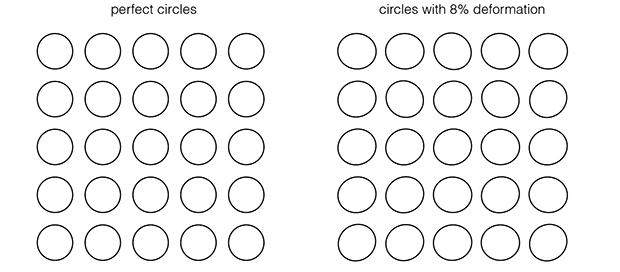
The art posters are based on a packing of these deformed circles.


By superimposing perfect circles on the warped circles, fun patterns appear.

perfect vs approximate packing
If you pack perfect circles perfectly, the area occupied by the circles is `\pi/4 = 78.5%`.
What is the area occupied by perfect packing of warped and randomly rotated (like in the posters) circles?
color scheme
To motivate choice of colors, I chose images with a 1970's feel.

Using my color summarizer, I analyzed each image for its representative colors. Using these colors and their proportions, I colored the perfect and warped circles.

For each poster of these color schemes, two poster versions are available. In one, the perfect cirlces are shown with warped circles as a clip mask. In the other, warped circles are shown, clipped by perfect circles.
Beyond Belief Campaign BRCA Art
Fuelled by philanthropy, findings into the workings of BRCA1 and BRCA2 genes have led to groundbreaking research and lifesaving innovations to care for families facing cancer.
This set of 100 one-of-a-kind prints explore the structure of these genes. Each artwork is unique — if you put them all together, you get the full sequence of the BRCA1 and BRCA2 proteins.
Propensity score weighting
The needs of the many outweigh the needs of the few. —Mr. Spock (Star Trek II)
This month, we explore a related and powerful technique to address bias: propensity score weighting (PSW), which applies weights to each subject instead of matching (or discarding) them.
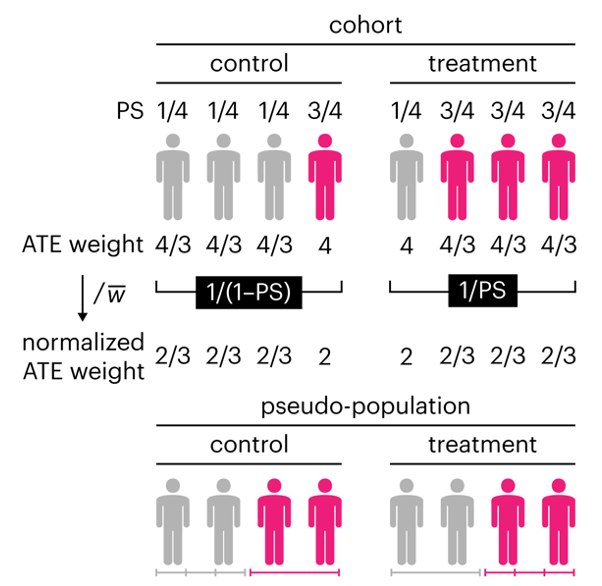
Kurz, C.F., Krzywinski, M. & Altman, N. (2025) Points of significance: Propensity score weighting. Nat. Methods 22:1–3.
Happy 2025 π Day—
TTCAGT: a sequence of digits
Celebrate π Day (March 14th) and sequence digits like its 1999. Let's call some peaks.
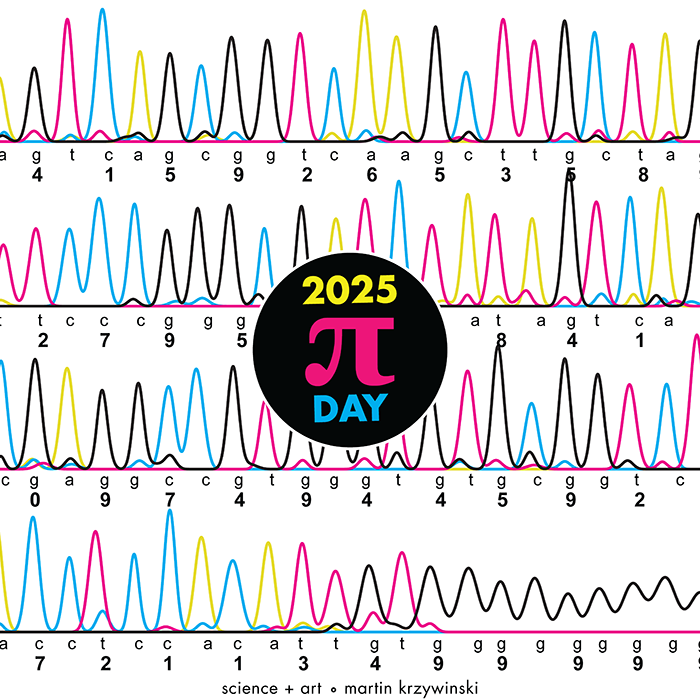
Crafting 10 Years of Statistics Explanations: Points of Significance
I don’t have good luck in the match points. —Rafael Nadal, Spanish tennis player
Points of Significance is an ongoing series of short articles about statistics in Nature Methods that started in 2013. Its aim is to provide clear explanations of essential concepts in statistics for a nonspecialist audience. The articles favor heuristic explanations and make extensive use of simulated examples and graphical explanations, while maintaining mathematical rigor.
Topics range from basic, but often misunderstood, such as uncertainty and P-values, to relatively advanced, but often neglected, such as the error-in-variables problem and the curse of dimensionality. More recent articles have focused on timely topics such as modeling of epidemics, machine learning, and neural networks.
In this article, we discuss the evolution of topics and details behind some of the story arcs, our approach to crafting statistical explanations and narratives, and our use of figures and numerical simulations as props for building understanding.
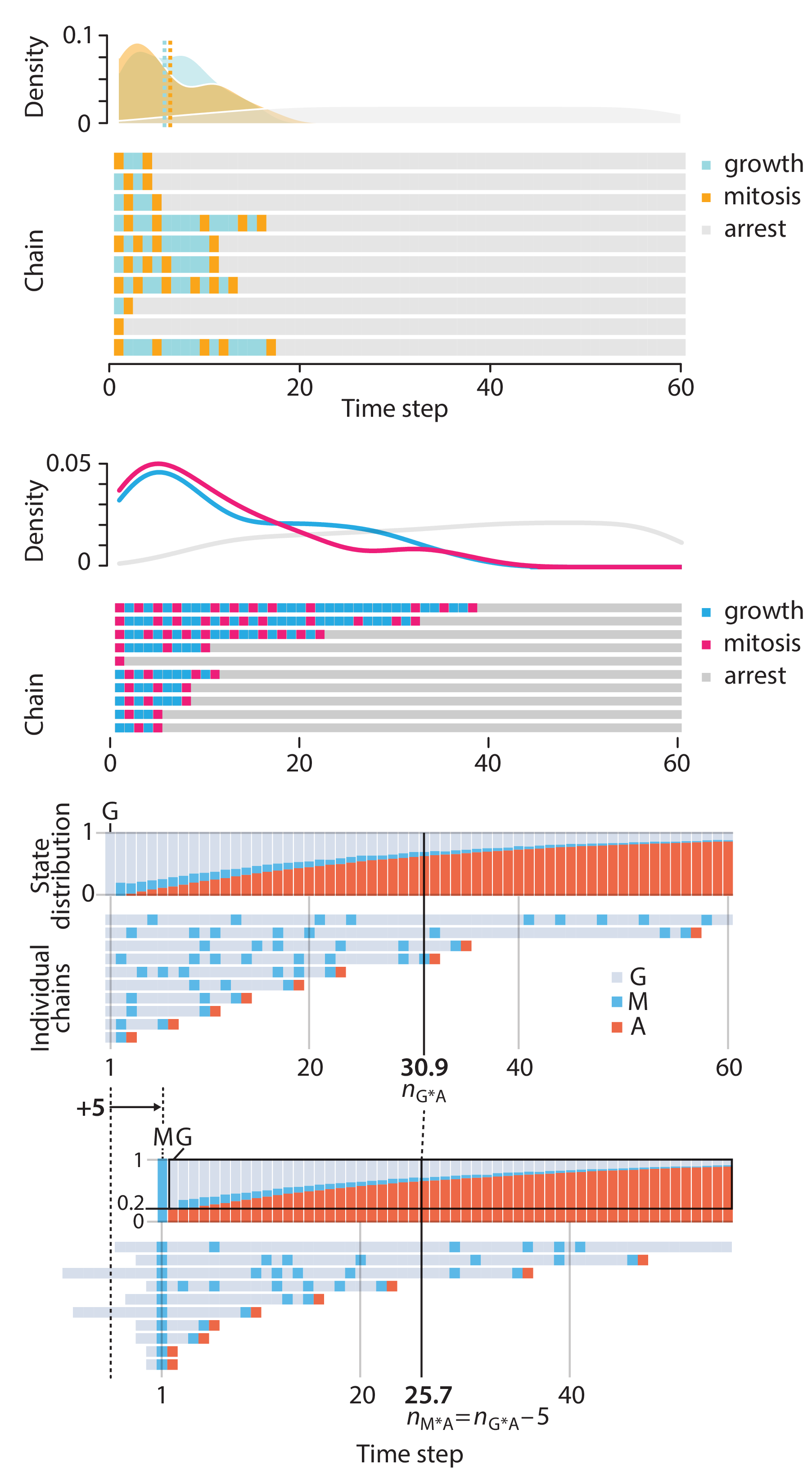
Altman, N. & Krzywinski, M. (2025) Crafting 10 Years of Statistics Explanations: Points of Significance. Annual Review of Statistics and Its Application 12:69–87.
Propensity score matching
I don’t have good luck in the match points. —Rafael Nadal, Spanish tennis player
In many experimental designs, we need to keep in mind the possibility of confounding variables, which may give rise to bias in the estimate of the treatment effect.
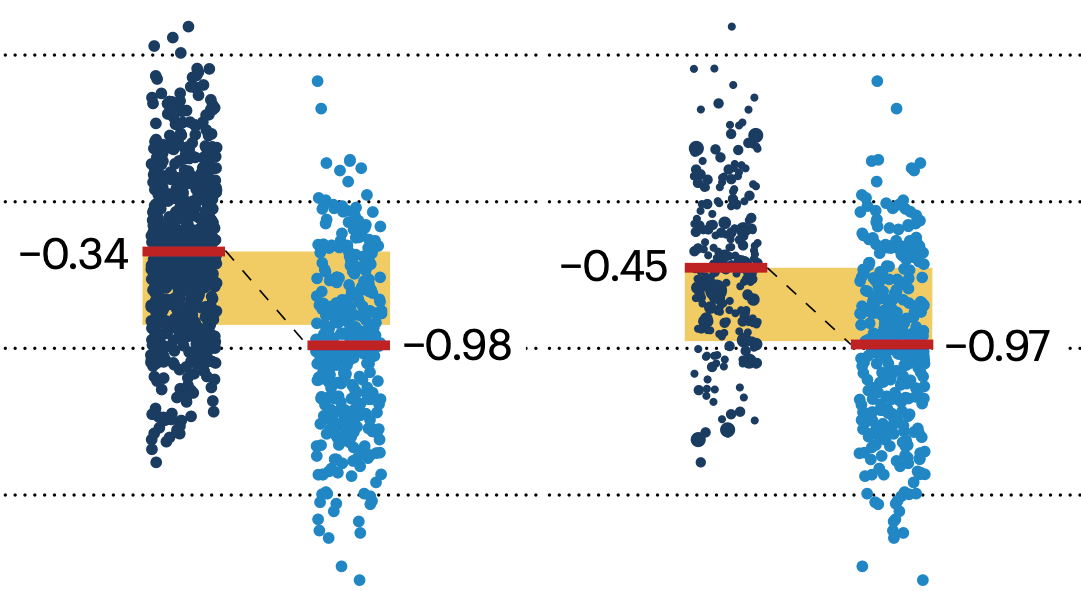
If the control and experimental groups aren't matched (or, roughly, similar enough), this bias can arise.
Sometimes this can be dealt with by randomizing, which on average can balance this effect out. When randomization is not possible, propensity score matching is an excellent strategy to match control and experimental groups.
Kurz, C.F., Krzywinski, M. & Altman, N. (2024) Points of significance: Propensity score matching. Nat. Methods 21:1770–1772.
Understanding p-values and significance
P-values combined with estimates of effect size are used to assess the importance of experimental results. However, their interpretation can be invalidated by selection bias when testing multiple hypotheses, fitting multiple models or even informally selecting results that seem interesting after observing the data.
We offer an introduction to principled uses of p-values (targeted at the non-specialist) and identify questionable practices to be avoided.
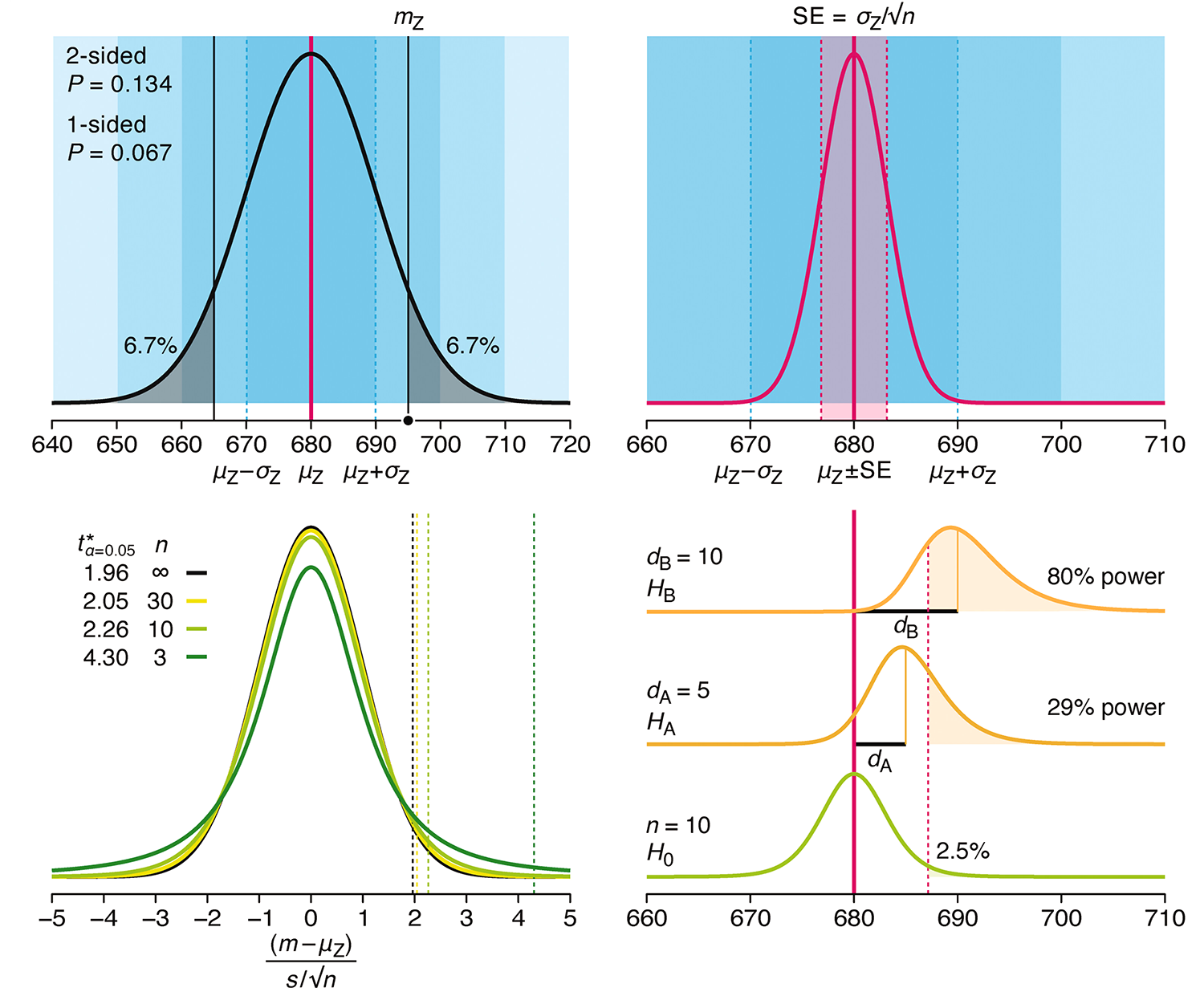
Altman, N. & Krzywinski, M. (2024) Understanding p-values and significance. Laboratory Animals 58:443–446.
